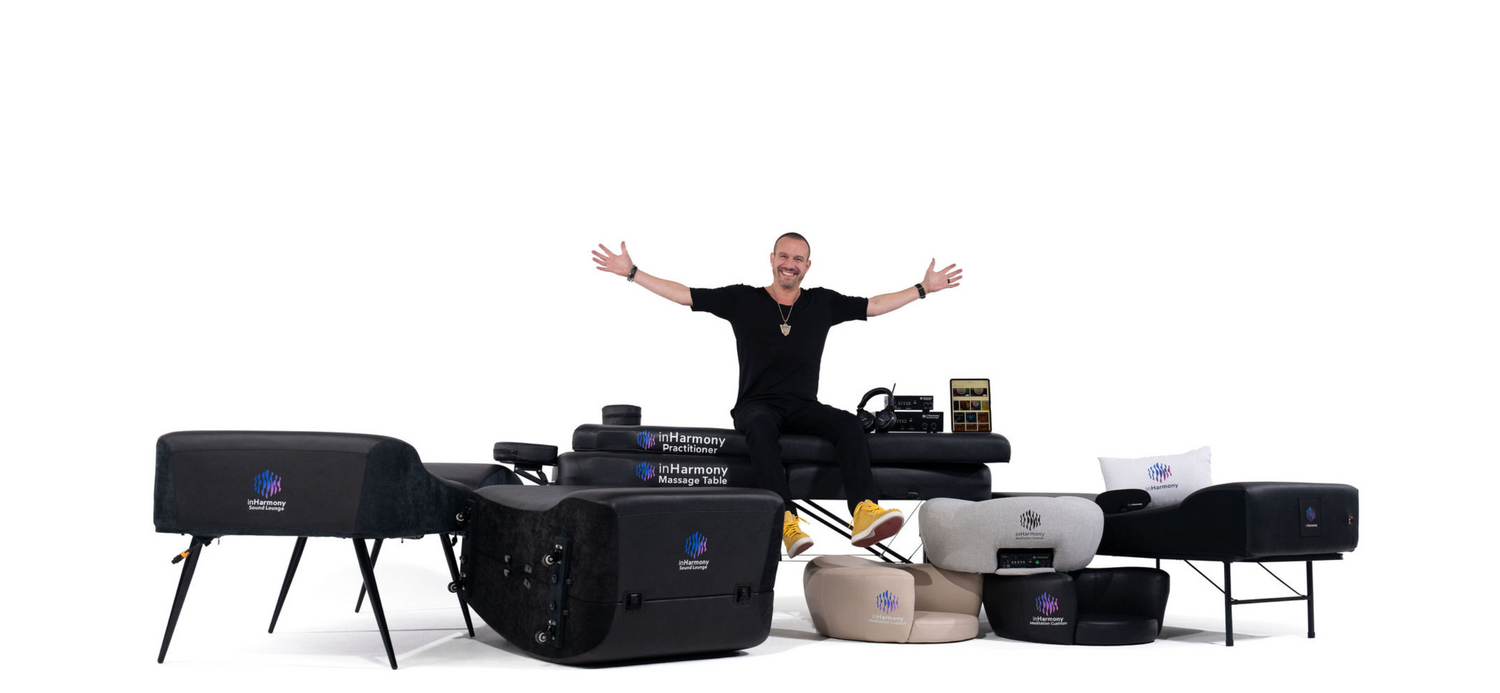The Invisible Influence of Sound
Most of us don’t think twice about the sounds around us. But from traffic outside your window to the music in your earbuds, sound plays a powerful role in shaping your mood, productivity, and stress levels throughout the day.
Studies show that sound can impact the nervous system—certain noises may elevate stress levels, while others help calm the body and mind. By becoming more aware of how sound affects us, we can start to use it intentionally as a tool for focus, relaxation, and overall well-being.
What Is Deep Listening?
Deep Listening is a term coined by composer Pauline Oliveros. It refers to a practice of listening with heightened awareness and presence—tuning into both your external environment and your internal experience of sound.
Unlike passive hearing, deep listening is an active, mindful process. It’s about paying attention to the full range of sounds around you, and noticing how those sounds make you feel physically, mentally, and emotionally.
This form of listening can be meditative, restorative, and grounding. And the best part? Anyone can practice it, anytime, anywhere.
How to Practice Everyday Sound Awareness
You don’t need a special setting to begin exploring deep listening. Here are a few ways to become more aware of sound in your daily life:
At Home
Replace harsh or chaotic noise with something more soothing. Instead of letting the TV run in the background, consider ambient music, soft instrumental tracks, or even silence. These small changes can help create a more peaceful and restorative environment, especially in the evenings.
At Work
Office chatter, keyboard clicks, and constant notifications can contribute to mental fatigue. Try using sound-masking tools, white noise, or calming background music to reduce distractions and stay focused. Even taking a few quiet moments between tasks can help reset your attention.
In Nature
Nature offers some of the most therapeutic sounds—birds, wind, water. Spend time outside without distractions and simply listen. Tuning into natural soundscapes has been shown to reduce stress and improve cognitive function.
During Mindfulness Practices
Sound can also deepen meditation, yoga, or relaxation practices. Some people use vibroacoustic tools like the inHarmony relaxation furniture to enhance the experience. These tools deliver low-frequency sound and vibration through the body, helping you become more aware of internal states and more deeply relaxed.
Sound as a Form of Self-Care
Just like we’re careful about what we eat or who we spend time with, we can also be mindful of what we listen to.
Not all sound is helpful—constant digital noise, loud environments, and jarring audio can increase stress without us noticing. On the other hand, creating a curated sound environment can support mental clarity, better sleep, and emotional balance.
Whether it’s through white noise apps, nature recordings, or using products like inHarmony’s vibroacoustic technology, the goal is to listen with intention.
Sound is a constant presence in our lives. By practicing deep listening and becoming more aware of our sound environment, we can tap into a simple yet powerful form of mindfulness.
Start by noticing the sounds that surround you right now. Are they energizing, calming, or distracting? This small shift in awareness can make a big difference in how you move through your day.












